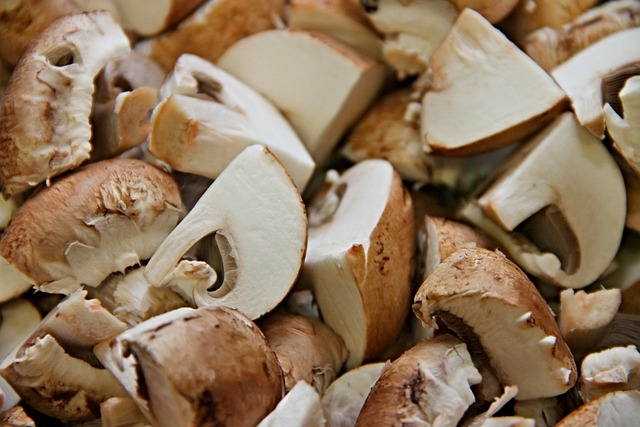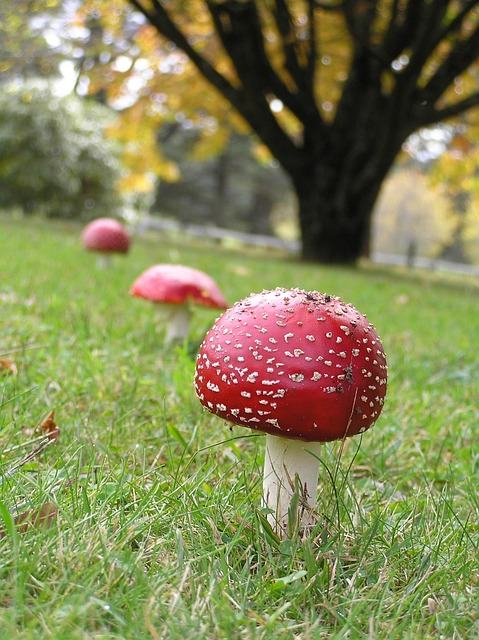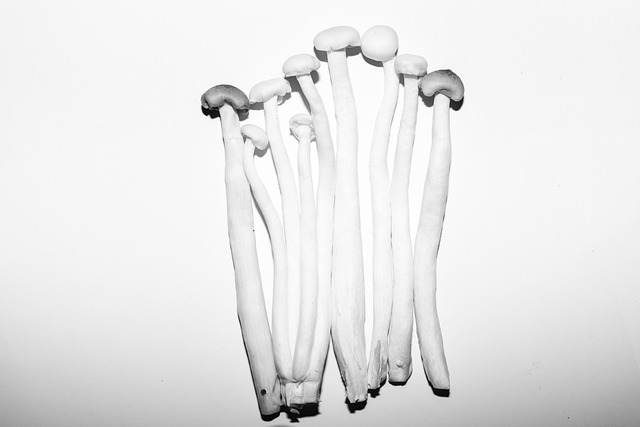
A Comprehensive Guide on How to Grow Magic Mushrooms in Bulk
Welcome to the fascinating world of mycology, where you’ll discover the intricate process of how to grow magic mushrooms in bulk. From hobbyists to those seeking a deeper understanding of these potent fungi, this comprehensive guide is designed to equip you with the knowledge necessary for large-scale cultivation. Growing magic mushrooms in bulk presents unique benefits, such as a continuous supply and significant cost savings, yet it also comes with its challenges. We will delve into these aspects and more, as we take you step by step through the bulk cultivation process. This article is for mushroom growers that are looking to learn more and improve their magic mushroom experience.
Understanding Magic Mushrooms and Their Growth Requirements
Psilocybin mushrooms, scientifically referred to as psilocybin mushrooms, are a group of fungi that contain the psychoactive compound psilocybin. This powerful substance has been at the heart of spiritual and therapeutic practices for centuries and continues to captivate researchers, therapists, and enthusiasts.
To successfully grow magic mushrooms in bulk, you must create an environment that mimics their natural growth conditions for mushroom spores. Magic mushrooms thrive in a humid environment, with temperatures ranging between 70 to 75 degrees Fahrenheit. They also require a specific substrate—a nutritious material that provides the necessary sustenance for growth. The substrate often consists of grains, straw, or manure, and it’s crucial to maintaining the health of your mushroom culture.

Necessary Equipment and Supplies for Bulk Cultivation
Armed with the understanding of what psilocybin mushroom spores need to flourish, let’s now examine the supplies you’ll need. Essential items include a growth medium or substrate, spore syringes or spawn for inoculation, large containers or grow bags for housing the substrate, a pressure cooker for sterilization, a hygrometer for monitoring humidity, a thermometer, and a sterile workspace.
For bulk medicinal mushrooms, considerations such as space and budget become more critical. Your cultivation area should be sizable enough to accommodate your operation but also easy to clean and control for temperature and humidity. It’s also important to source supplies that offer the best value for money without compromising on quality.
Step-by-Step Process of Growing Magic Mushrooms in Bulk
With the right understanding and the necessary equipment at hand, you’re ready to start the process of growing mushrooms in bulk. The following steps provide a general guideline:
-
Preparation of the Substrate:
Prepare your substrate based on the chosen materials, ensuring that it’s nutrient-rich and moist but not soggy.
-
Sterilization:
Sterilize the substrate using a pressure cooker to eliminate any competing microorganisms.
-
Inoculation:
In a sterile environment, introduce the mushroom spores or mycelium (spawn) to the substrate.
-
Incubation:
Store the inoculated substrate in a warm, dark place, allowing the mycelium to colonize the substrate fully.
-
Fruiting:
Expose the fully colonized substrate to conditions that stimulate mushroom growth— lower temperatures, fresh air, and indirect light.
Remember, patience is key when growing mushrooms. From inoculation to fruiting, the process can take several weeks. Growing mushrooms take patience and expertise so take your time when you are in this process.

Growing Magic Mushrooms in Bulk Using Brown Rice Flour
One effective method of growing magic mushrooms in bulk involves using brown rice flour as a substrate ingredient. Brown rice flour is a nutritious and accessible material that serves as an excellent food source for developing mycelium. When mixed with vermiculite and water to create a balanced substrate, often referred to as ‘BRF cakes,’ it fosters a conducive environment for mycelium growth and mushroom fruiting.
The high nutrient content of brown rice flour can accelerate the growth process, allowing the mycelium to colonize the substrate quickly and fruit abundantly. However, this method requires careful sterilization as brown rice flour is also an excellent medium for contamination.
Always ensure proper sterilization of your substrate and maintain a clean cultivation environment to reduce the risk of contaminant growth. As your cultivation experience grows, you can optimize the brown rice flour ratio or even experiment with additional substrate ingredients to maximize your magic mushroom yield.
Troubleshooting Common Issues in Bulk Mushroom Cultivation
As you navigate through the process of growing mushrooms, you might encounter some challenges. One common issue is contamination, which can be signaled by odd colors (like green or black) or strange smells coming from your substrate. To combat this, ensure your workspace, tools, and hands are sterile during the inoculation process.
Another common problem is inadequate or excessive humidity. Growing Mushrooms require a humid environment, but too much moisture can promote mold growth. Using a hygrometer to monitor humidity levels and adjusting as necessary can help maintain the right balance.
Harvesting and Storing Magic Mushrooms Grown in Bulk
When the caps of your psilocybin mushrooms have fully opened but before the spores release—a sign of this is the cap becoming flat or upturned—it’s time to harvest. Using clean hands or gloves, gently twist and pull the mushroom from the substrate.
Storing fresh mushrooms properly is critical for maintaining their potency and preventing spoilage. Once harvested, dry them thoroughly to prevent mold and store them in an airtight container in a cool, dark place. Ensuring Safety and Legal Compliance in Bulk Mushroom Cultivation
It’s important to underscore that safety and legality should never be compromised when growing magic psilocybin mushrooms in bulk. Always consider your personal safety, especially when handling potentially harmful substances like certain sterilization agents. Mushroom cultivation needs to be taken care of and constantly monitored.
As for legality, it varies widely. As of my last update in 2021, psilocybin is classified as a Schedule I substance under the United Nations 1971 Convention on Psychotropic Substances and is illegal in most countries. Please verify the legal status in your country before proceeding with cultivation.

Conclusion
Growing your own mushrooms in bulk can be a rewarding venture, offering personal enrichment and a deepened appreciation for these powerful organisms. Although the process requires patience, precision, and a bit of trial and error, the yield can be immensely gratifying. With the knowledge acquired from this guide, you’re now equipped to embark on this journey. Remember, the key to a successful cultivation process lies in meticulous preparation, careful monitoring, and, most importantly, profound respect for the process and the powerful fungi you’re growing. Once you finish growing you can eat them fresh or turn them into dried magic mushrooms.
Note: This article is intended for informational purposes only. Always adhere to local laws and regulations, and always prioritize safety when handling and consuming magic mushrooms.
